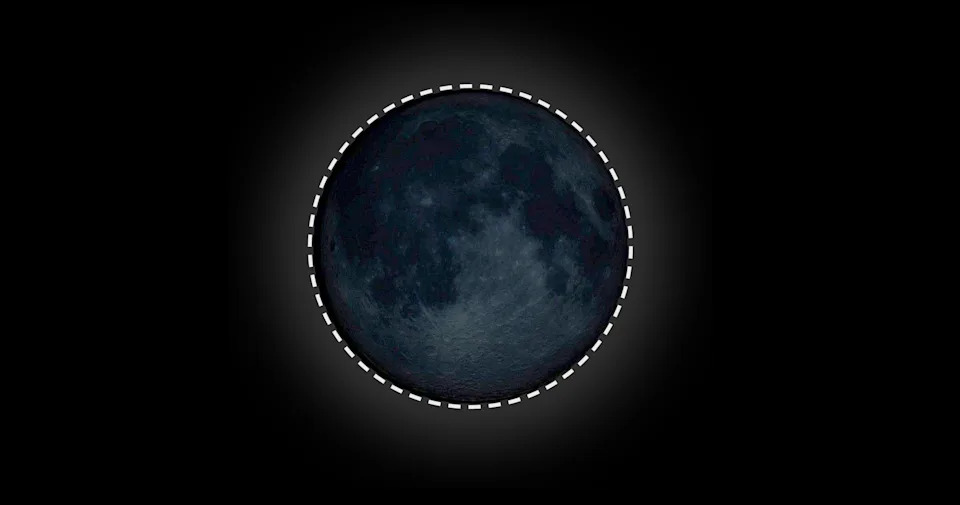What's a 'black moon'? Here's why the moon will turn black this weekend, what you can see
A "black moon" is on the rise this weekend on Friday, Aug. 22 and while you won't be able to see it, you'll still be able to catch a very rare celestial sight.
"The black moon is a new moon, meaning the moon is between the Earth and the sun, and its illuminated side faces away from us, making it appear dark," according to Northeastern Global News.
The Space.com website added, "Unlike a supermoon orlunar eclipse, a black moon isn't something you can watch unfold in real time...Black moon isn't an official astronomical term, but it's used to describe unusual timings of new moon phases.
So, what's the big deal, and what is there to see?
Here's what to know.
If the black moon is invisible, what will people be able to see?
Friday's black moon is considered a "seasonal" version of the event as it will be the third new moon in a season that has four –according to Space.com. Normally a season has three new moons but since the lunar cycle does not exactly align a fourth one occurs about every 33 months.
Space.com explained that it's what people will see after the black moon goes away that will be fascinating.
"The days immediately following the black moon will reveal one of the most beautiful lunar sights: the thinnest crescent," Space.com stated. "On the evenings of Aug. 24 and Aug. 25, look toward the western horizon about 30 to 40 minutes after sunset to spot a delicate silver arc, the moon's first reappearance after going dark."
What's more, the absence of any moonlight with the black moon will enable stargazers to see more of the heavens, as moonlight can often interfere with that process.
"The dark moonless skies surrounding a new moon are also perfect for observing fainter deep sky objects that would otherwise be very difficult and sometimes impossible to see during brightermoon phases," Space.com wrote.
 A rare Black moon is coming on Aug. 22-23.
A rare Black moon is coming on Aug. 22-23.What makes a black moon unique?
Black moons are unique because our 30- or 31-day calendar months areslightly differentfrom 29.5-day lunar cycles. Astronomical seasons are also different, since lunar cycles don’t fit neatly into them. The differences allow black moons to appear at irregular intervals.
Black moons are referenced likeblue moons, which are defined as thethird full moon in an astronomical season containing four full moons. (Full moonsare moons that are fully illuminated.)
What can people see in the sky better with a lack of moonlight?
The TS2 Tech website states that there are several sights to see with less moonlight. The following activities become easier with the lack of light:
The Milky Way: Late summer is one of the best times to se the Milky Way and without the moon's light, it will be much easier to see the details. To find it look for the Summer Triangle(the three bright stars Vega, Deneb, and Altair) which the Milky Way flows through, livescience.com said.
Stars and constellations:Stars are best seen in the darkness, and even moonlight can make them harder to see.
Planets:Venus, Jupiter, and Saturnare some of the brightest planets in August, and even Mercury can sometimes be spotted on the horizon. Venus will be the brightest planet.
Watch for meteors: While the peal of the Perseids has past, you might still see a stray meteor while watching the skies.
When was the last black moon?
The last seasonal black moon occurred on May 19, 2023, according to Space.com.
When is the next black moon?
The next black moon will occur on Aug. 31, 2027, but that will be a "monthly" black moon where two new moons occur in one calendar month, according to Space.com.
USA Today Network reporters James Powel and Jenna Prestininzi contributed to this article.
This article originally appeared on The Providence Journal: A rare 'black moon' is coming. Here's what you'll be able to see










![Structural Adhesives Market [2028] Exploring Potential, Growth, Future & Trends](http://paseban.com/zb_users/upload/2025/08/20250831123209175661472915180.jpg)


